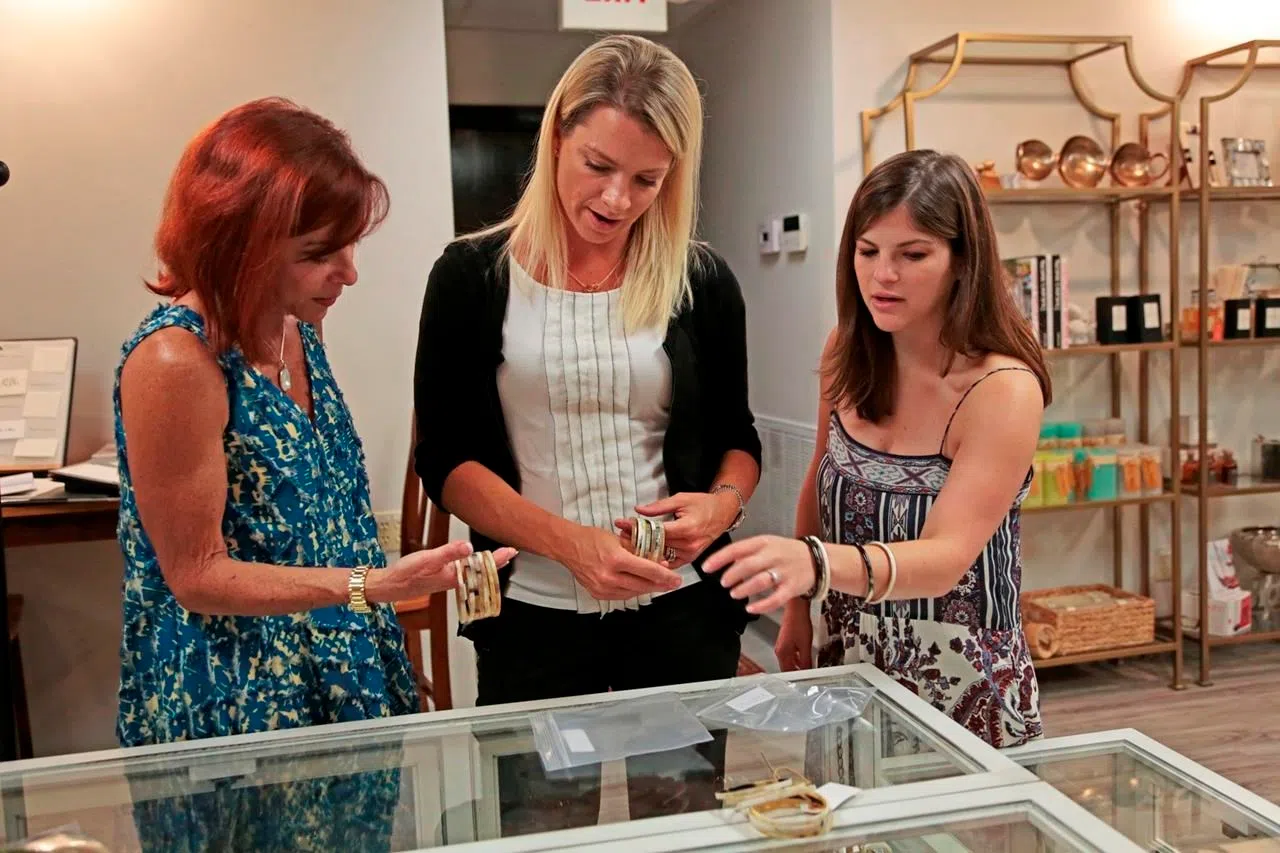
Tepid retail sales lower expectations for US economic growth
WASHINGTON — A sluggish month of retail spending has tempered expectations for the U.S. economy’s growth in the coming months.
Consumers pulled back on shopping and eating out in July after three straight solid monthly gains, the government said Friday. Those declines were offset by increases in auto sales and online and catalogue sales.
Many economists credited the surge in online and catalogue spending, which rose 1.3 per cent, mainly to deals offered during Amazon’s “Prime Day” on July 12. Amazon said its sales rose 60 per cent on Prime Day compared with a year earlier.
Still, the flat reading for overall retail sales suggested that the economy might not rebound as quickly from a slump that struck early this year as economists had been expecting. And a separate report Friday that U.S. producer prices last month registered their sharpest drop since September was a reminder that inflation remains lower than the Federal Reserve wants it to be.



